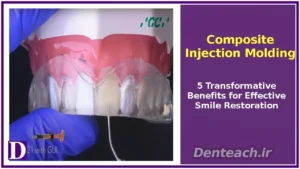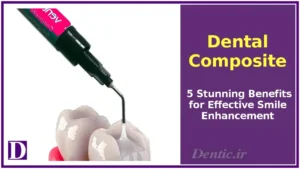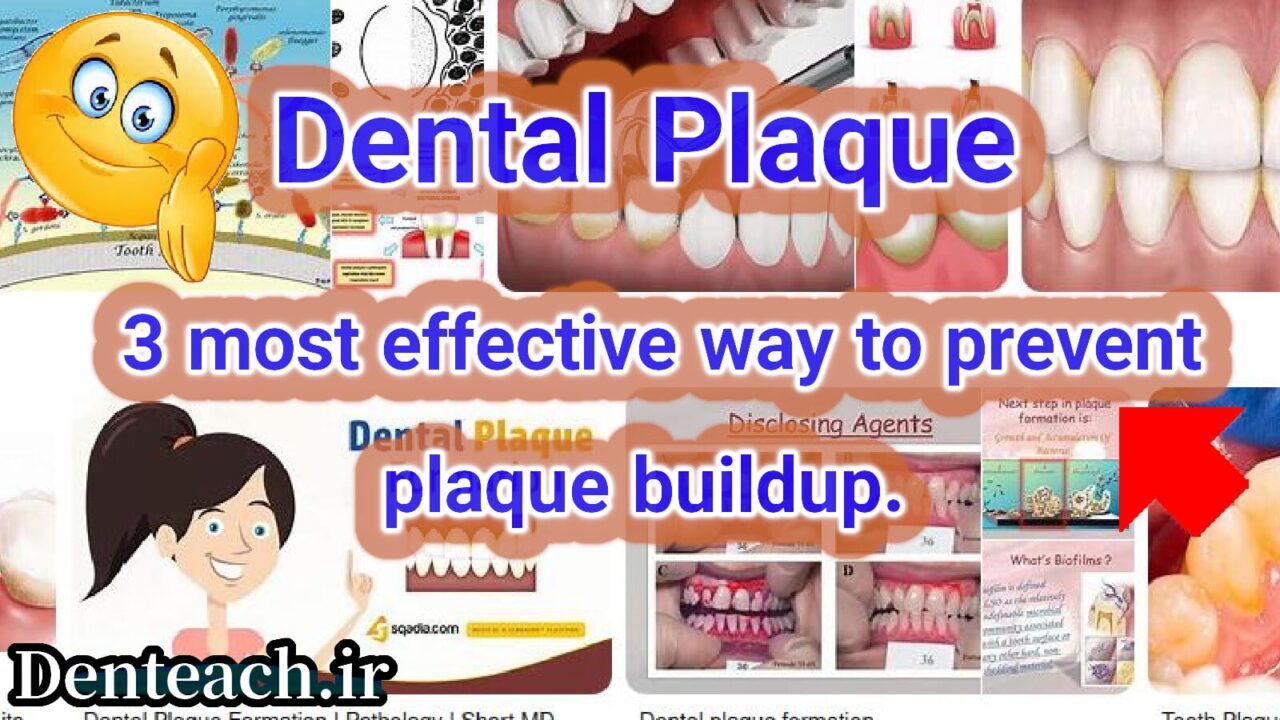
Table of Contents


Composite Injection Molding: 5 Transformative Benefits for Effective Smile Restoration

Dental Composite: 5 Stunning Benefits for Effective Smile Enhancement

Teeth Bleaching: 5 Radiant Benefits for Effective Smile Brightening

Dental Veneer: 5 Stunning Benefits for Effective Smile Enhancement

Implant-Supported Fixed Prostheses: 5 Advanced Benefits for Effective Smile Restoration

Dental Plaque: Understanding, Preventing, and Managing Oral Biofilm
Dental plaque, a sticky biofilm of bacteria, food particles, and saliva, forms on teeth and gums, affecting 90% of adults daily, per the American Dental Association (ADA). If not removed, it hardens into tartar, increasing cavity risk by 35% and gum disease by 25%, according to the National Institute of Dental and Craniofacial Research (NIDCR). Effective hygiene controls plaque in 80% of cases. This article explores the definition, causes, effects, prevention, treatment, anatomical significance, challenges, and future trends of dental plaque, emphasizing diseases, cause, prevention, treatment, and anatomy in diseases and preventive-dentistry.
Defining Dental Plaque
Dental plaque is a colorless, adhesive film of bacteria, primarily Streptococcus mutans and Porphyromonas gingivalis, that accumulates on teeth, gums, and restorations. It forms within hours of brushing and, if unmanaged, leads to decay, gingivitis, or periodontitis. This aligns with diseases as a precursor to oral conditions, preventive-dentistry for hygiene practices, anatomy and morphology for its impact on oral structures, periodontics for gum disease links, and clinic for professional interventions.
Causes of Dental Plaque
Causes, tied to cause, include:
- Poor Oral Hygiene: Inadequate brushing or flossing allows plaque buildup, causing 70% of cases, per ADA data.
- Dietary Factors: Sugary or starchy foods fuel bacterial growth, contributing to 30% of cases.
- Dry Mouth: Reduced saliva from medications or dehydration promotes plaque, affecting 15% of adults.
- Dental Anatomy: Crowded teeth or restorations trap plaque, seen in 10% of cases.
- Medical Conditions: Diabetes or immune disorders increase plaque risk in 5% of patients, per NIDCR.
Effects of Dental Plaque
Plaque leads to, per diseases:
- Tooth Decay: Bacterial acids erode enamel, causing cavities in 35% of adults.
- Gum Disease: Plaque irritates gums, leading to gingivitis in 25% and periodontitis in 10% of cases.
- Bad Breath: Volatile sulfur compounds (VSCs) from plaque cause halitosis in 20% of cases.
- Tartar Formation: Hardened plaque (calculus) requires professional removal, affecting 30% of adults.
- Systemic Issues: Plaque bacteria link to heart disease risk in 5% of cases, per NIDCR.
Diagnosing Dental Plaque
Diagnosis, aligned with diagnostics, involves:
- Visual Inspection: Dentists identify plaque via staining or examination, detecting 80% of cases.
- Dental Probes: Measure plaque buildup, used in 20% of exams, costing $0–$50.
- Patient History: Assesses hygiene habits, critical for 100% of diagnoses.
- Imaging: X-rays detect tartar-related damage, needed in 10% of cases, costing $25–$150.
Preventing Dental Plaque
Prevention strategies, tied to prevention, include:
- Brushing: Use fluoride toothpaste (1,000–1,500 ppm) twice daily to remove plaque, effective in 80% of cases.
- Flossing: Daily interdental cleaning reduces plaque by 20%, per ADA guidelines.
- Mouthwash: Antiseptic rinses (e.g., chlorhexidine) decrease bacteria by 15%, costing $5–$15.
- Dietary Choices: Limit sugars and starches, reducing plaque risk in 25% of cases.
- Regular Check-ups: Biannual dental visits prevent tartar, critical for 90% of patients, costing $80–$200.
Treating Dental Plaque
Treatments, aligned with treatment, include:
- Professional Cleaning: Scaling removes plaque and tartar, resolving 30% of gum issues, costing $80–$200.
- Fluoride Treatments: Strengthen enamel, preventing decay in 20% of cases, costing $20–$50.
- Antimicrobial Rinses: Prescription rinses reduce bacteria, used in 10% of severe cases, costing $10–$30.
- Oral Hygiene Education: Dentists guide brushing techniques, improving outcomes in 50% of patients.
- Restorations: Fillings repair plaque-induced decay, needed in 25% of cases, costing $100–$400.
Four Key Tips for Managing Dental Plaque
These tips enhance oral health:
- Brush Effectively: Use a soft-bristled toothbrush for 2 minutes twice daily, removing plaque in 80% of cases.
- Floss Daily: Clean between teeth to prevent interdental plaque, critical for 20% of high-risk areas.
- Use Antiseptic Rinse: Incorporate alcohol-free mouthwash to reduce bacteria, effective in 15% of routines.
- Visit a Dentist Regularly: Biannual cleanings prevent tartar, benefiting 90% of patients.
Anatomical and Morphological Significance
Dental plaque impacts anatomy and morphology:
- Tooth Enamel: Bacterial acids erode enamel, altering structure in 35% of cases.
- Gums: Plaque causes gingival inflammation, changing morphology in 25% of patients.
- Periodontal Ligaments: Chronic plaque weakens support, affecting 10% with periodontitis.
Benefits of Managing Dental Plaque
Effective management offers:
- Cavity Prevention: Reduces decay risk by 35%, per CDC data.
- Gum Health: Lowers gingivitis risk by 25%, per periodontics.
- Fresher Breath: Eliminates VSCs, improving breath in 20% of cases.
- Systemic Health: Decreases heart disease risk linked to oral bacteria, seen in 5% of cases.
- Cost Savings: Prevents treatments like fillings ($100–$400), saving 15% of patients.
Challenges and Considerations
Challenges include:
- Compliance: 20% neglect daily hygiene, increasing plaque, per ADA surveys.
- Cost: Cleanings ($80–$200) burden 10% of uninsured patients.
- Access: Rural areas lack dental care, affecting 5% of patients.
- Dietary Habits: High-sugar diets persist in 25% of adults, fueling plaque.
- Medical Conditions: Diabetes complicates plaque control in 5% of cases.
Future Trends
Plaque management is advancing:
- Smart Toothbrushes: Sensors guide brushing, reducing plaque in 10% of trials, per technologies.
- Probiotic Rinses: Restore oral microbiome, effective in 5% of 2025 products.
- Tele-Dentistry: Virtual hygiene coaching improves compliance, used by 10% of clinics.
- Bioactive Materials: Toothpastes with remineralizing agents, adopted in 5% of markets.
Conclusion
Dental plaque, a preventable cause of oral diseases, requires diligent hygiene and professional care to manage. Brushing, flossing, and regular check-ups ensure a healthy mouth. Innovations like smart toothbrushes promise better outcomes. Consult a dentist or visit American Dental Association to control dental plaque effectively.
- American Dental Association. (2025). Plaque.
- National Institute of Dental and Craniofacial Research. (2025). Oral Hygiene.
- Marsh, P. D. (2018). Dental Plaque and Oral Health. Journal of Clinical Periodontology, 45(12), 1345–1352.
- Centers for Disease Control and Prevention. (2025). Oral Health Conditions.
